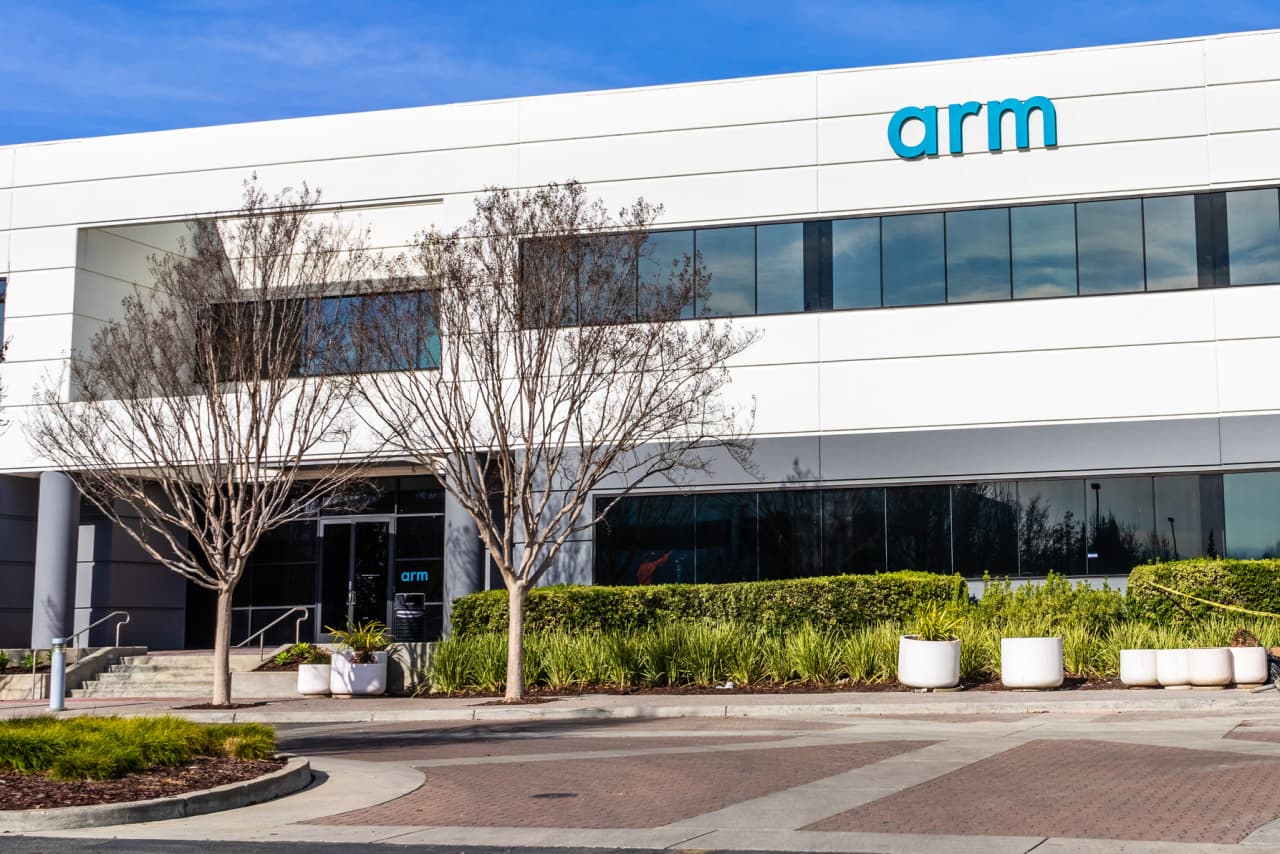Shares of Arm Holdings PLC easily had their best day on Thursday, and their 48% daily gain burned short sellers.
Shorts racked up $445 million in paper losses while Arm ARM stock,
exploded higher on the back of earnings, according to S3 Partners. The action highlighted how short-selling semiconductor stocks “has not been a profitable trade” this year, Ihor Dusaniwsky of S3 said in a report.
Those who have made bearish bets against the sector have reported mark-to-market losses of more than $7 billion this year, he noted, and about a fifth of those losses occurred on Thursday alone.
See also: Arm shares explode 50% higher as company proves early AI winner
While a sizable portion of Thursday’s stock losses in the chip sector were for Arm, the daily stock losses for those short Broadcom Inc. AVGO,
Taiwan Semiconductor Manufacturing Co. Ltd. TSM,
and Monlytic Power Systems Inc. MPWR,
they were each more than $100 million, according to S3.
Dusaniwsky reported Arm’s short interest at $957 million, with about 12.4 million shares short and those representing about 1.22% of the float. Arm ranked 14th for short interest in the semiconductor industry.
“We should expect a reversal of the short selling trend we have seen in ARM in 2024, as short sellers are pushed out of their positions,” said Dusaniwsky, managing director of predictive analytics at S3. “Short covering during today’s rally is expected to continue over the next few days as short sellers look for a slight bounce higher to recoup some of their mark-to-market losses while reducing exposure.”
Arm, a chip designer, surprised investors late Wednesday with better-than-expected results that highlighted momentum for the company’s new architecture and traction tied to the artificial intelligence frenzy.
Not to be missed: Cloudflare Shares Jump Higher as Earnings Beat Captures ‘Robust Momentum’
“The rise/adoption of accelerated compute/AI workloads in data centers, edge devices and endpoints is driving demand for significantly greater compute capacity and power efficiency per device and motivating ARM customers to adopt their higher performance computing,” JPMorgan Sur IP Harlan wrote in a note to clients.
